Top reported effects
Top reported flavors
products near you
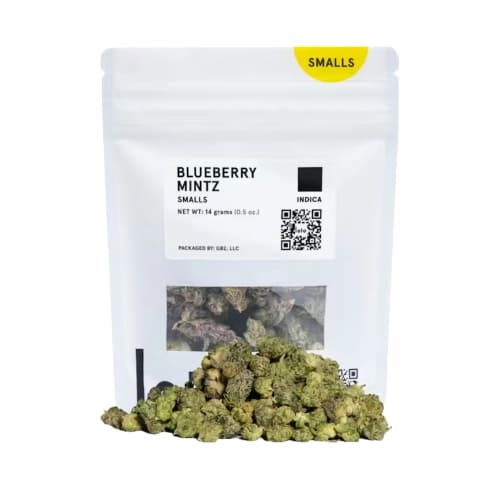
lolo
Blueberry Mintz Smalls Half Ounce
Indica
lolo
Blueberry Mintz Smalls Half Ounce
Indica
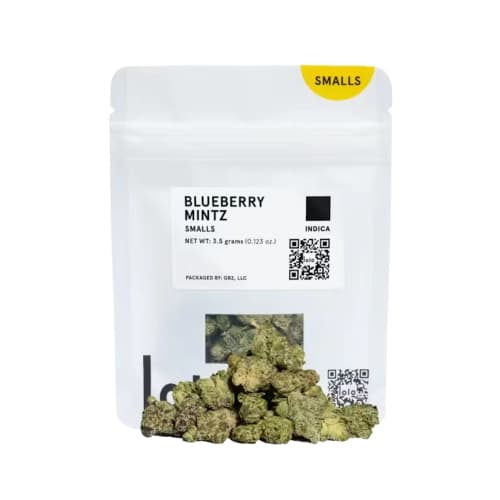
lolo
Blueberry Mintz Smalls
Indica
lolo
Blueberry Mintz Smalls
Indica

Micro Bar
Acai Berry Gelato Cartridge
Indica
Micro Bar
Acai Berry Gelato Cartridge
Indica

CAKE
Blueberry Bliss All-In-One
Indica
CAKE
Blueberry Bliss All-In-One
Indica
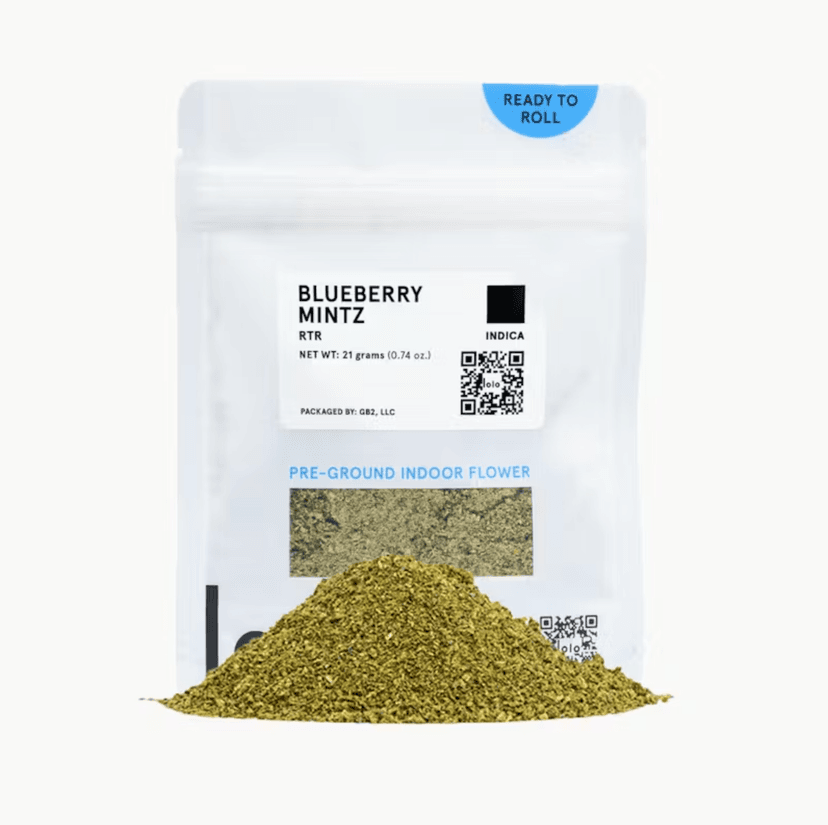
lolo
Blueberry Mintz Ready to Roll
Indica
lolo
Blueberry Mintz Ready to Roll
Indica
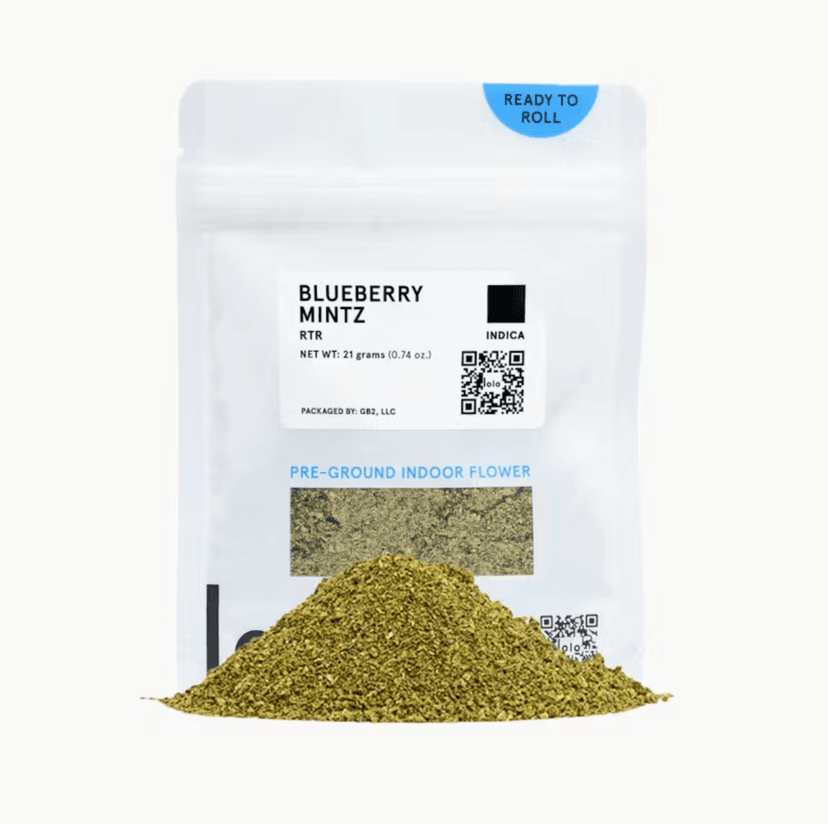
lolo
DJ Short Blueberry Ready to Roll
Indica
lolo
DJ Short Blueberry Ready to Roll
Indica
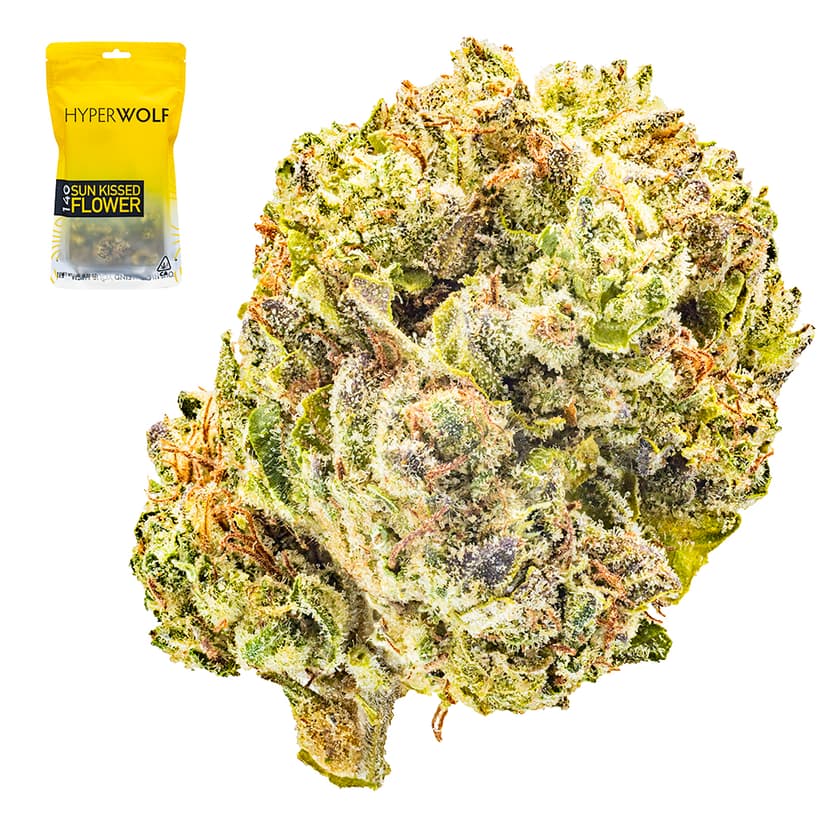
Hyperwolf
White Cherry Runtz Half Ounce
Indica
Hyperwolf
White Cherry Runtz Half Ounce
Indica
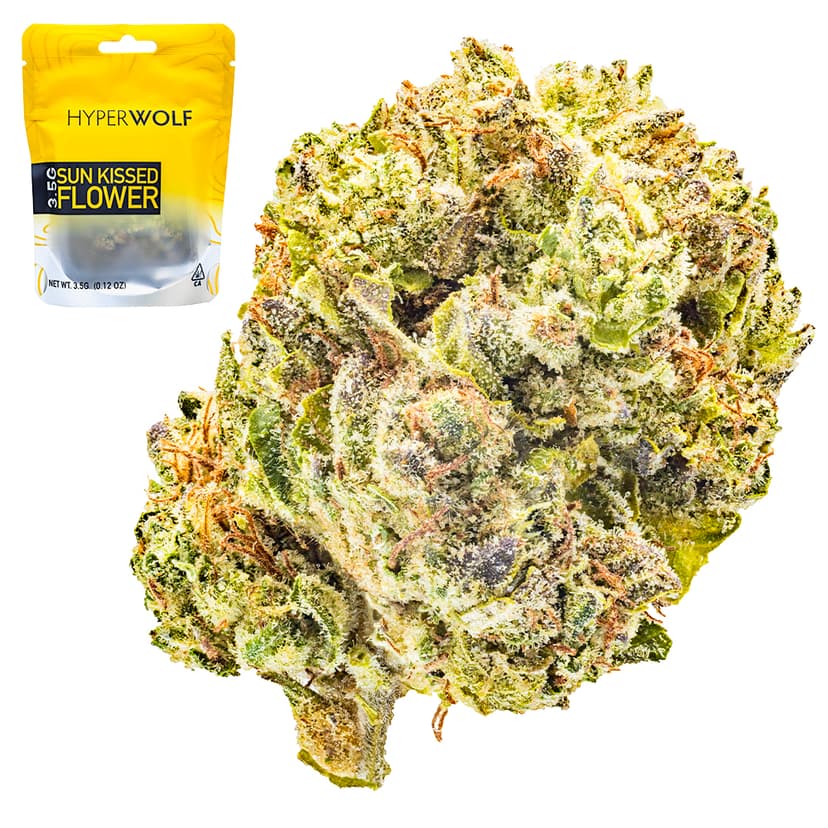
Hyperwolf
White Cherry Runtz
Indica
Hyperwolf
White Cherry Runtz
Indica

Allswell
Berry Dream 10pk Gummies
Indica
Allswell
Berry Dream 10pk Gummies
Indica

Allswell
Blue Raspberry 10pk Gummies
Indica
Allswell
Blue Raspberry 10pk Gummies
Indica
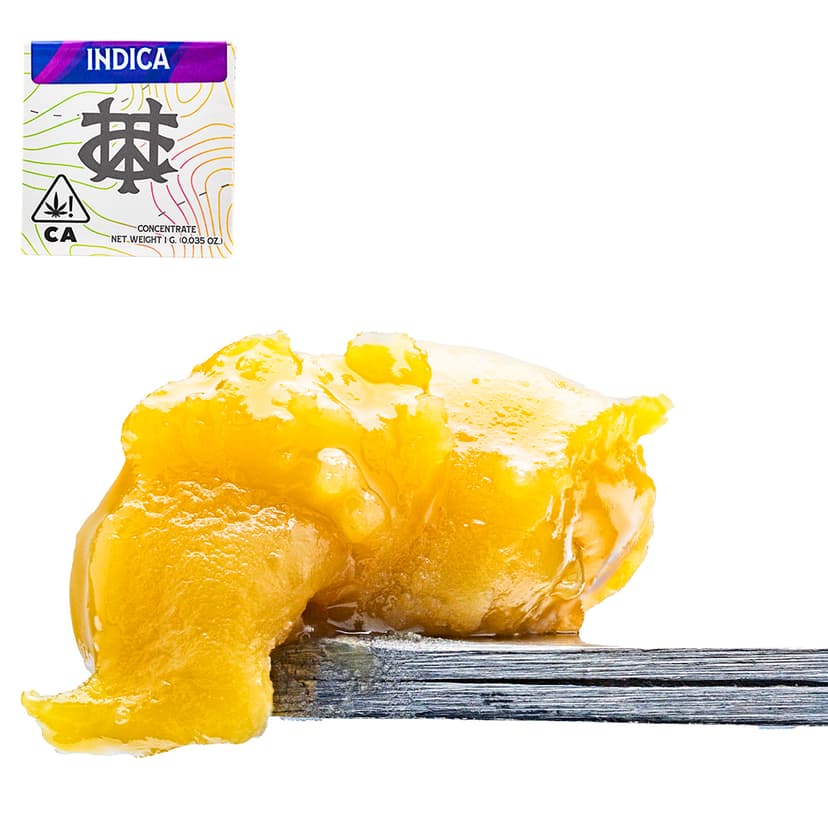
West Coast Trading Company
Goodberry Badder
Indica
West Coast Trading Company
Goodberry Badder
Indica
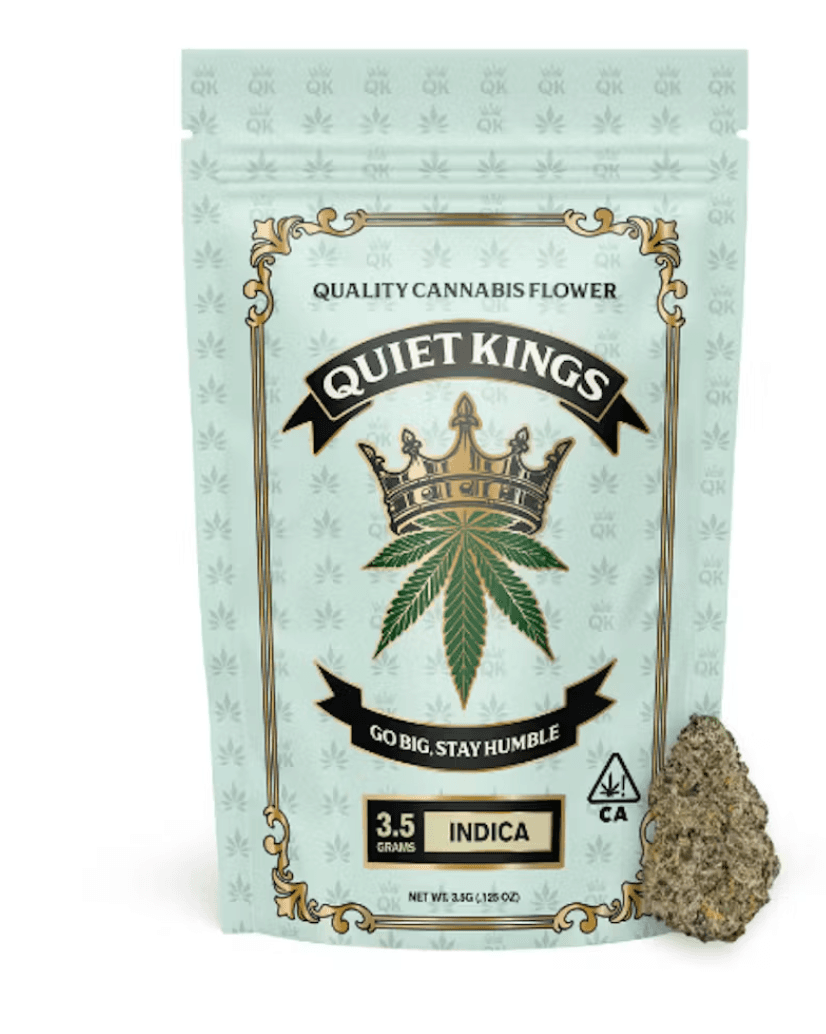
Quiet Kings
Blueberry OG
Indica
Quiet Kings
Blueberry OG
Indica
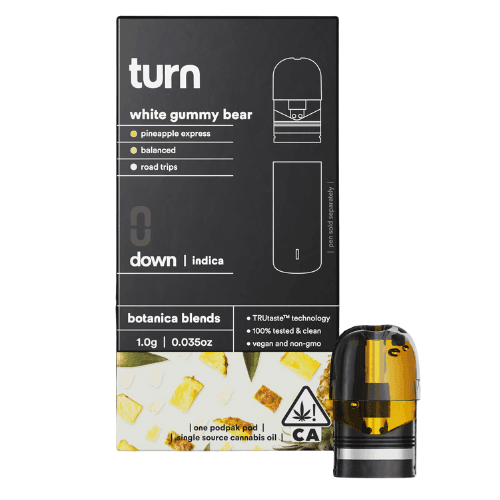
turn
White Gummy Bear Pod
Indica
turn
White Gummy Bear Pod
Indica
Dabwoods
Truffle Berry Liquid Diamonds DabBar
Indica
Dabwoods
Truffle Berry Liquid Diamonds DabBar
Indica
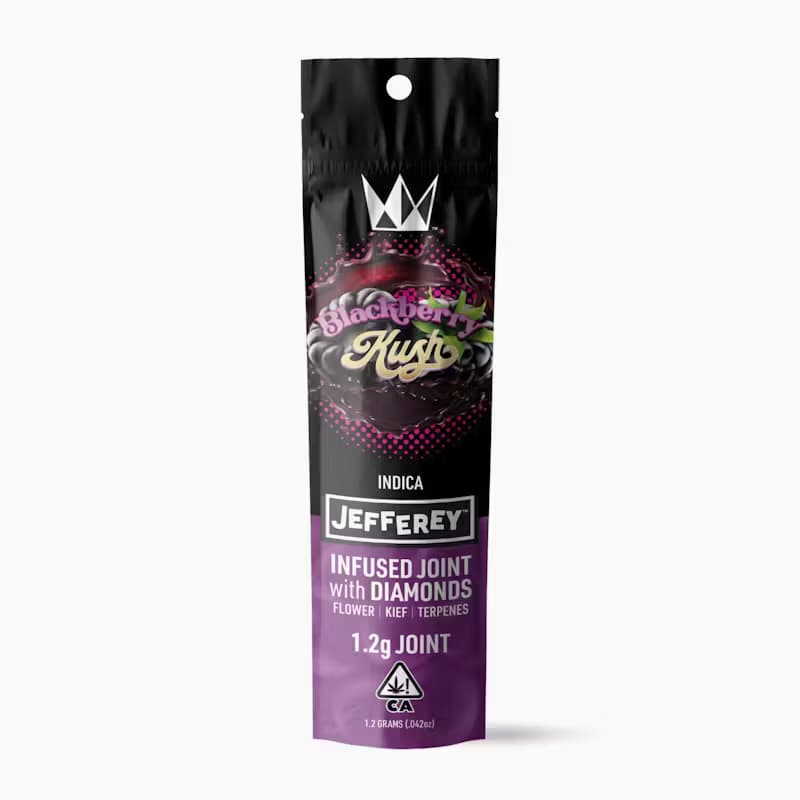
West Coast Cure
Blackberry Kush - Jeffery Infused Preroll
Indica
West Coast Cure
Blackberry Kush - Jeffery Infused Preroll
Indica
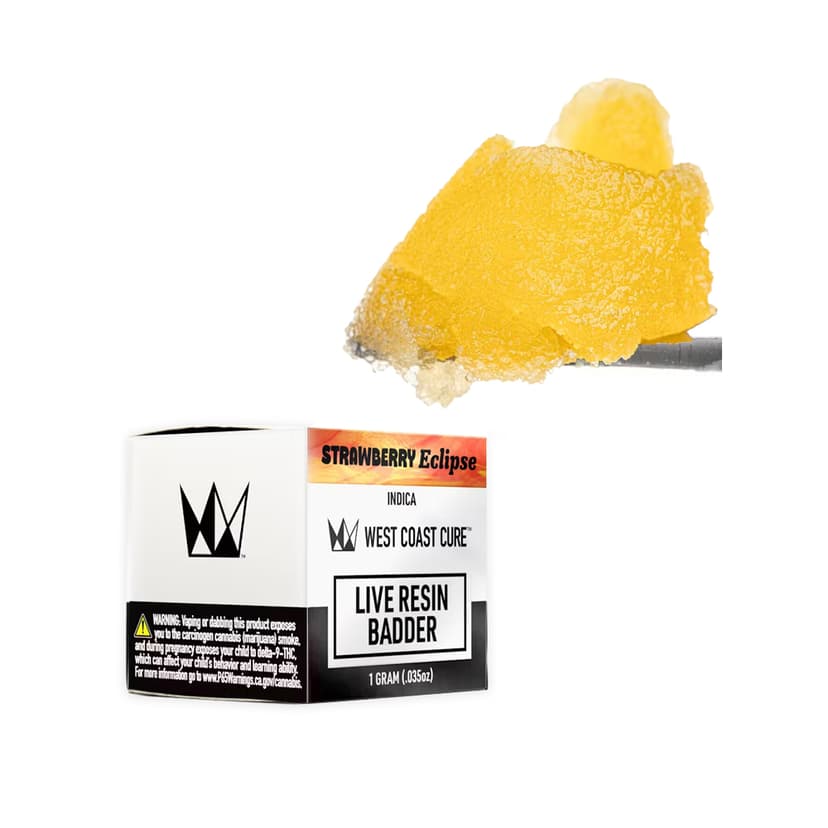
West Coast Cure
Strawberry Eclipes Live resin Badder
Indica
West Coast Cure
Strawberry Eclipes Live resin Badder
Indica

Whoa
Blueberry Gummy
Indica
Whoa
Blueberry Gummy
Indica
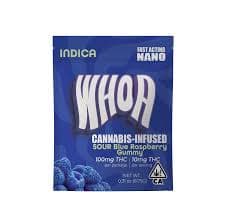
Whoa
Sour Blue Raspberry Gummy
Indica
Whoa
Sour Blue Raspberry Gummy
Indica
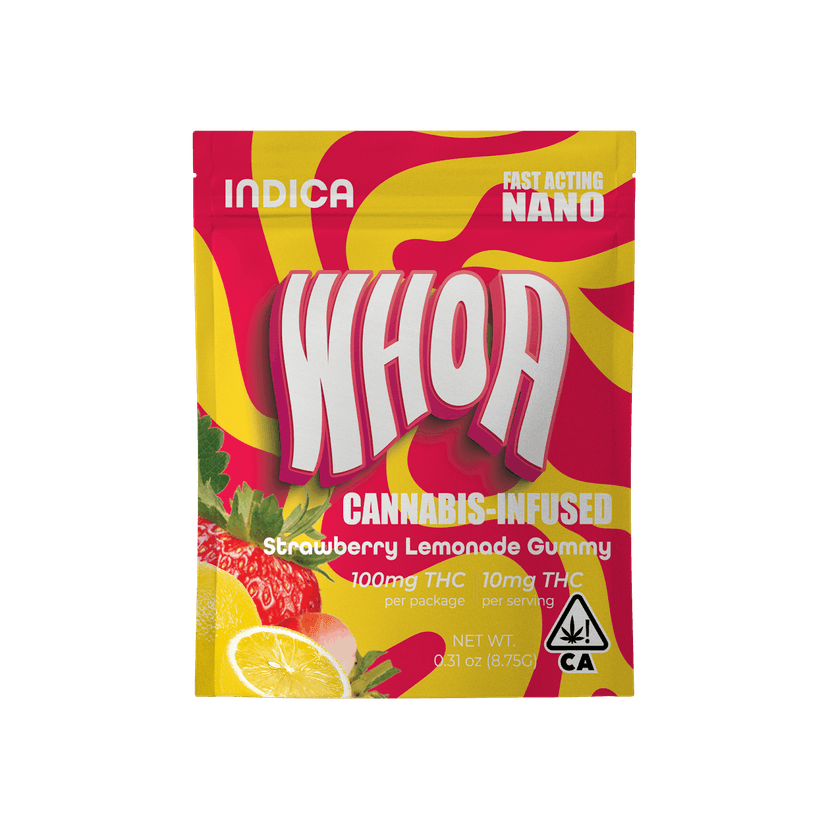
Whoa
Strawberry Lemonade Gummy
Indica
Whoa
Strawberry Lemonade Gummy
Indica

Whoa
Blueberry Pear thc/cbn 1:1 gummy
Indica
Whoa
Blueberry Pear thc/cbn 1:1 gummy
Indica
The White Berry strain is known for its well-balanced effects (though it is a slightly indica dominant strain) and appealing aroma, showcasing the success of cannabis breeding.
A highly sought-after strain, it is specifically crafted from crossing Berry White and White Widow strains, offering a mix of mental clarity and physical relaxation. It has become increasingly popular among both recreational and medical users for its range of effects.
In this guide, we will cover everything you need to know about White Berry, including cultivation tips, its unique aroma and flavor, its effects, and last but not least — its medical benefits.
Keep reading to find out if White Berry is the right choice for your next smoke sesh.
What is the THC Percentage of White Berry Strain?
The THC percentage of the White Berry strain typically ranges between 16% to 22%. This somewhat potent range makes it a versatile choice for both new and experienced cannabis users, offering a balanced high that stimulates the mind while relaxing the body.
However, it's always recommended to start with lower doses, especially for those new to cannabis or strains with higher THC content, to gauge individual tolerance levels.
What is the CBD Percentage of White Berry Strain?
The CBD percentage in the White Berry strain is relatively low, typically around 0.1% to 0.3%. This minimal CBD content is common in strains that prioritize THC for more pronounced psychoactive effects.
Consequently, while White Berry offers significant THC-driven benefits, it may not be the first choice for those seeking high CBD content for therapeutic purposes. Nonetheless, its balanced effects can still cater to medical users looking for relief from stress, anxiety, and pain without heavy sedation.
What Terpenes Are Found in White Berry Strain?
The White Berry strain is characterized by a rich terpene profile that contributes to its unique aroma, flavor, and therapeutic effects. Some of the primary terpenes found in this strain include:
- Myrcene: Often responsible for the strain's herbal and musky notes, myrcene is also known for its relaxing and sedative properties.
- Caryophyllene: This terpene adds a peppery zest to the aroma and is recognized for its anti-inflammatory and pain-relief benefits.
- Limonene: Contributing a citrusy scent, limonene is associated with mood enhancement and stress relief.
- Pinene: Adding a touch of pine trees to the strain's aroma, pinene is known for its anti-inflammatory and bronchodilator effects.
- Linalool: With a floral lavender scent, linalool is appreciated for its stress-relieving and anti-anxiety properties.

